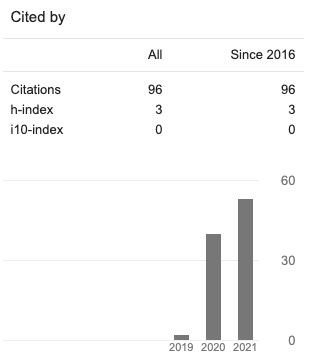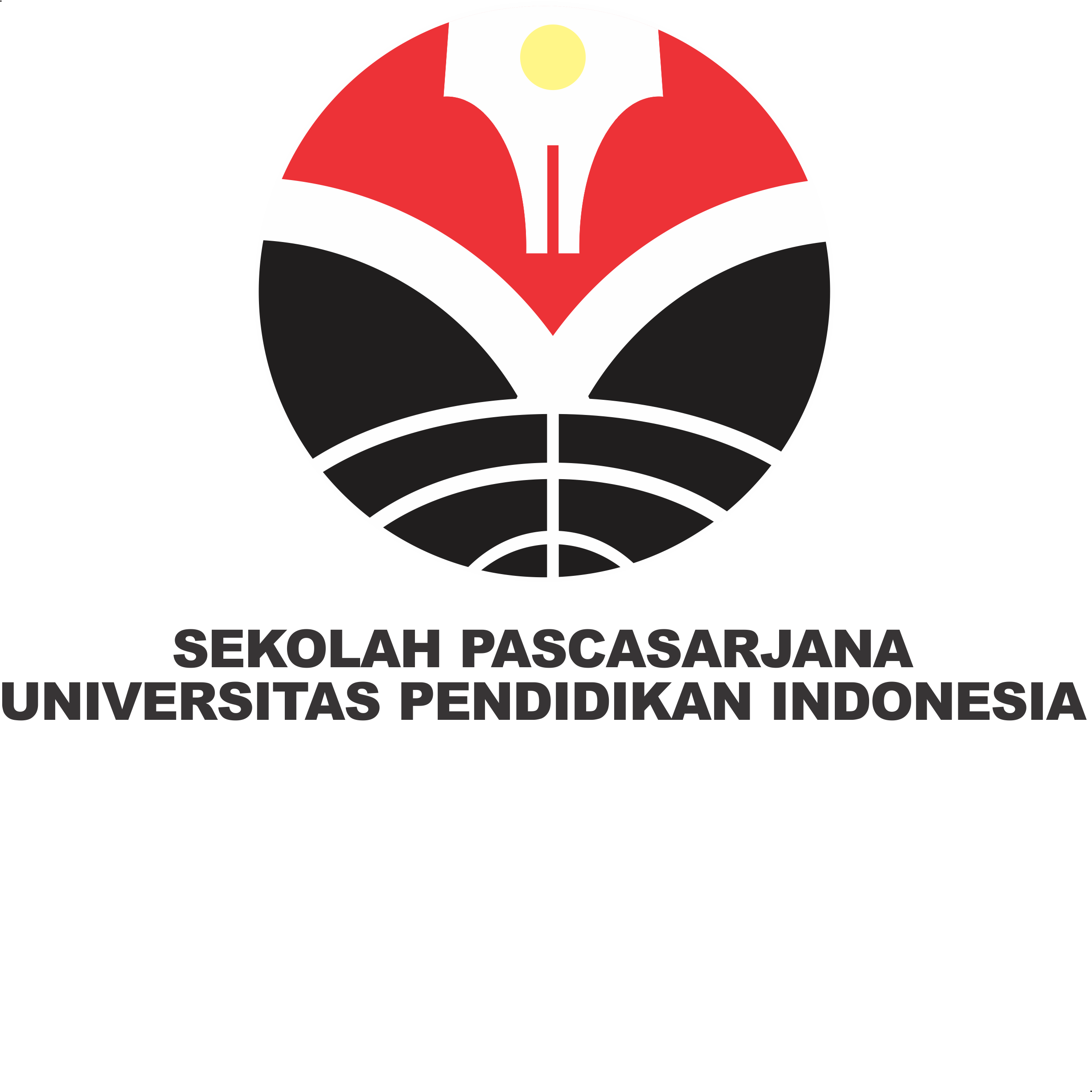Improving Students' Creative Thinking Skills Through The Wallas Method In Learning Mathematics In Elementary School
Abstract
to face the challenges of the 21st century. This literature review will discuss the development of student's creative thinking skills with the Wallas method to improve students' creative thinking skills to face the challenges of the 21st century. The Wallas method has four stages: planning, incubation, illumination, and verification. The Wallas method can improve creative thinking skills even though the time to complete each stage of the Wallas method cannot be predicted. Thus, the Wallas method can improve creative thinking skills because it has structured stages so that students find ideas more quickly because they know where to start to solve the problems they face. Although the Wallas model does not provide concrete guidelines on the duration of each stage, it can be overcome by familiarizing students with the Wallas method. Students can quickly find data related to the problem at hand, students can quickly find ideas to solve the problems they face, and students can test the ideas they have obtained
Copyright (c) 2024 Khoirul AKhoirul Amir, Aan Yuliyanto, Ahmad Abdul Rochim, Gunawan, Ecihmir, Aan Yuliyanto, Ahmad Abdul Rochim, Gunawan, Ecih

This work is licensed under a Creative Commons Attribution 4.0 International License.















